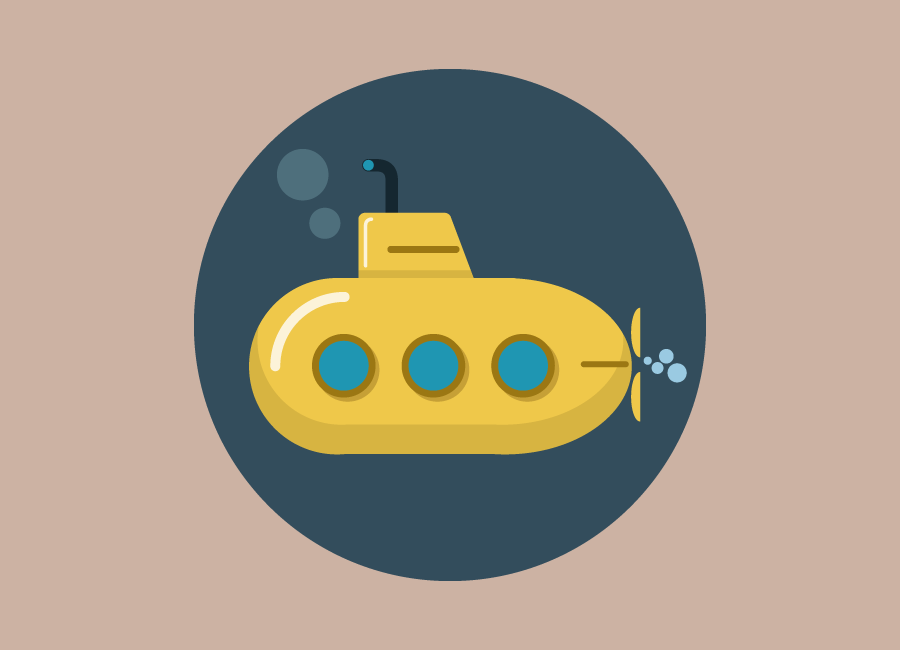Labor, Globalization and Art
Through studio art practices, reading, writing, discussion, and the analysis of contemporary
media and art, we will examine issues of work, labor history and the effects of globalization on our
contemporary life. Students will make art about their own work experiences, fears about the current
economic situation and their visions for the future. They will learn about the rich history of art that
depicts labor issues, and we will look at some of the exciting art projects created by global justice
movements around the world.
Download: Labor, Globalization and Art
The Artist as Visionary and Dreamer
This course will offer students an opportunity to explore dreams (both those had at night and those
inspired by in-class exercises) through a wide variety of art making processes. Students will discover
how art functions as a tool for envisioning a new society and healing the self. Students will be exposed
to a variety of strategies for making their dreams both visual and verbal. We will look at the work of
contemporary and historical artists who use their dreams as subject matter and investigate contemporary
dream theory. We will also look at the how the visions of artists have influenced social movements and
informed utopian thinking. Students will keep a dream journal and develop imagery for paintings,
drawings, photographs, collages and assemblages. A collaborative site-specific project will be designed
for the campus community.
Download: The Artist as Visionary and Dreamer
Eco-art: Art Created in Response to the Ecological Crisis
This course is an introduction to the contemporary art practice called “eco-art.” This multifaceted
art movement addresses the environmental crisis in a number of imaginative ways. Some ecoartists
see themselves as healers of the earth. They remediate damaged sites using artistic means or they
design projects that demonstrate wise use of resources. Others see themselves as environmental
activists and use their work to educate and inspire others while revealing the hidden (and not so hidden)
realities of ecosystems in crisis. Other artists see their work as an opportunity for the public to
reconnect with nature in new (old) ways and to heal from the alienation caused by living in a
consumerist society.
In this course we will explore what it means to be a socially responsible artist and how an artist
can both critique the dominant culture and create visions for the future. If we are aware of the
environmental crisis, is it enough to recycle and live simply, or are there other ways we can use our
artistic voices and imaginations to express our concerns about the world we live in?
This course will also address “nature deficit disorder,” a condition affecting children and adults
all over the developed world. We will use strategies for realigning a right relationship with nature,
seeing ourselves as part of it, moving slowly within it rather than distanced by screens and car windows.
We will experiment with different perceptual and conceptual approaches to art making and
develop some aesthetic strategies for engaging an audience in particular environmental concerns. We
will examine more carefully our senses of place: in the natural world, our local communities, and in the
society as a whole.
Download: Eco-art: Art Created in Response to the Ecological Crisis
Body Image and Art
Through reading, art practices and the analysis of contemporary media and art, we will examine
notions of body image and why so many people in modern mainstream society are obsessed with their
appearances. We will study the body through drawing, photography, photo-collage and site-specific
installation to develop perceptual and conceptual skills. We will expand our ideas about what is a
healthy relationship to our own bodies and to those of others.
Download: Body Image and Art
Art in a Time of War
Members of modern civilization appear to be perpetually at war somewhere on the planet. This
course will address why this is the case, how art works have addressed the topic of war and the desire for
peace and how art can be used to express feelings, thoughts and aspirations, to document different
realities, to provoke, to increase compassion and to heal. For the past few decades there has been a
veritable explosion (bad pun) of socially engaged art addressing this topic, and many of the participants in
this art movement have been vets. We will look at both historical and contemporary examples of such art,
examine popular visual media and how it frames war, violence and security. You will make your own art
based on your stories, feelings and reactions to what you learn. Our readings will raise questions about
the purposes and futility of war to solve problems, and how art might prompt our society to visualize new
ways of resolving conflict.
Download: Art in a Time of War
Cultural Identity and Art
Through reading, discussion, making art and the analysis of contemporary media and art, we will
examine the concept of cultural identity, how to celebrate the buffet of our multicultural landscape and
how many aspects of contemporary society play upon fears of difference via scapegoating and
stereotyping. We will discuss current critical theories about race, including studies about the
construction of “Whiteness” and a post-colonial framing of identity. We will examine “otherness” in
terms of ethnicity, religion, class, geography, sexual orientation, age and ability. We will make art pieces
that explore both personal and collective stories about cultural identity and fear of difference, and look
deeply at contemporary art that discusses the same.
Download: Cultural Identity and Art
Art and Global Justice 2019
Download: Art and Global Justice 2019
Download: Art and Global Justice 2017





